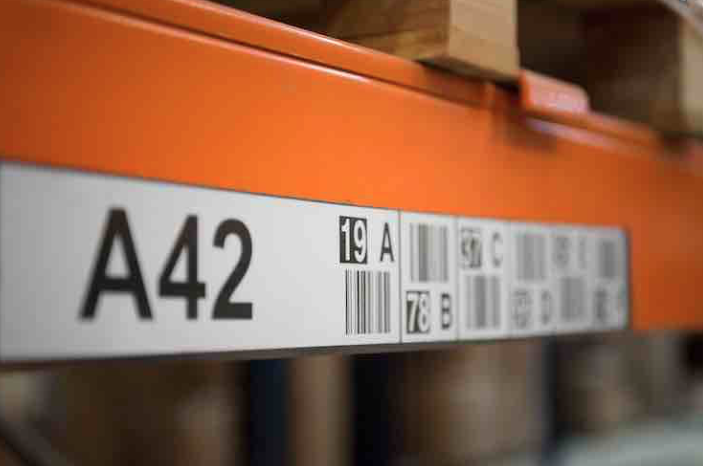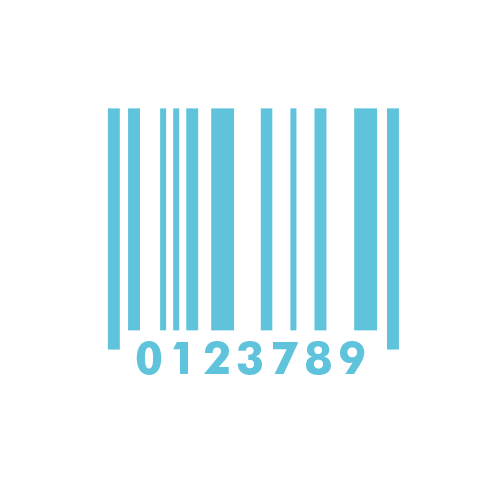Within the 3PL Logistics and Supply Chain sectors, inventory management is essential. A WMS Warehouse Management System is the most effective way of managing inventory, but without a warehouse barcode system, inventory data must be entered into the system manually.
Warehouse barcode systems are an organisational tool that can cut running costs by cutting the time and margin for error caused by manual data input.
Barcodes increase efficiency and accuracy throughout warehouse operations. A barcode system feeds data to the WMS Warehouse Management System, enabling it to report on stock/inventory and help managers to make strategic business decisions.
For more information on how warehouse barcode systems can be integrated with a WMS Warehouse Management System, please call 0800 170 1161 or contact ProSKU online.

Why Implement a Warehouse Barcode System?
With a warehouse barcode system, you can reduce operating costs and increase your margin simply by making your daily warehouse operations more efficient.
Having a barcode system in place is useful for:
- Recording goods when they come in
- Recording the location of where goods are stored and when they expire
- Tracing any internal transfer or movement of goods
- Quickly identifying packed product
- Increasing pick accuracy
- Fulfilling purchase orders
- Tracking delivery
- Reducing admin and warehouse staffing costs by cutting down time spent on manual data entry and potential errors
A barcode system will keep you updated on how much stock you currently have and allow you to oversee inventory cycles, helping you to estimate when you may need to replenish your stores. The data recorded by the system will contribute to the general management of the warehouse through the taking of quick and accurate stock records.
Barcodes will also expand the scope of which vendors and retailers you can use, since, for some, barcodes are a necessary requirement for purchase.
How Do Warehouse Barcode Systems Work?
Warehouse barcode systems typically require the following tools to run:
- Handheld scanners
- Mobile and web apps
- Printers
- Intranet servers
A barcode will be placed on each item of stock and scanned into a software system using a handheld device.
The type of barcodes that you choose and the type of tools that you implement will depend on the requirements of your business.
You need to think about the environment in which your barcode scanners will be used. If they will be operated outside, you may need to select them based on durability. The same applies to indoor work environments that are exposed to hazards such as chemicals, dust or moisture. Does the scanner need to be wireless for use on the move?
You also want to consider how often the scanners will be used and the distance they need to scan from. Some barcode scanners will take a second to process each scan, so if you need it to work in continuous succession, you may want to opt for one that can compute 60 to 120 images per second. Similarly, some barcode scanners have long-range floor-to-ceiling capabilities, while others are better at scanning up close.
Other factors to take into account include the variety of barcode symbologies you use, the power and charging requirements of the scanner, and the compatibility with the current software you have in place.
Common Types of Barcode
- One-dimensional (1D) barcodes – use variable widths of line and space to encode data; suitable for general products that are easy to categorise; capable of storing only a few dozen characters of data
- Two-dimensional (2D) barcodes – e.g. QR codes; powerful barcodes that contain up to 7,000 characters; capable of containing lengthier product descriptions within the code
- Numeric barcodes – the most common type of barcode; used widely in retail, warehousing and industrial environments
- Alpha-numeric barcodes – commonly used in automotive factories, on grocery shelves and in the military
- Other Symbologies – may include PDF417, UTF8 characters, Postal, OCR, DPM, microchips or tags

Common Types of Barcode System
Laser barcode scanners
These are perhaps the most widespread type of barcode scanner. They use a red laser diode to scan black and white labels. Laser barcode scanners can read in either a linear or an omnidirectional sequence. Omnidirectional laser scanners are more convenient due to their wider reading area.
Linear imaging barcode scanners
These types of scanners can only read 1D barcodes. They use image capture technology for their scanning function and employ digital image processing for decoding.
2D barcode scanners
Two-dimensional barcode scanners can scan in any direction. They use similar technology to linear imaging scanners, but they are able to read that extra dimension. They are suitable for stacked and 2D barcodes.
RFID (radio frequency identification)
RFID scanners use microchips or tags to operate and can scan multiple items at once. Microchips are capable of storing a great quantity of essential data about the product. The microchip is embedded in the inventory and transmits information via radiofrequency waves to the RFID scanner.
Bluetooth or USB connected
These scanners read strings of UTF8 characters that appear as code on a computer, tablet or phone. A Bluetooth connected scanner is more suitable for linking to other devices, such as smart phones or web apps that may be used during stock take or other warehouse operations.
How to Implement a Warehouse Barcode System
Implementing a warehouse barcode system involves categorising your inventory into different groups of items. You will need to differentiate between items so that you can apply a unique barcode to each item type.
The first thing to do is make sure your database of product data lists item dimensions, concise physical descriptions, cost, stock take and vendor information. Then create an alphanumeric or numeric field in the database to record your unique barcode values. Create another field for manufacturer barcode values.
You’ll find that most established manufacturers will have already assigned their product a barcode, so you’ll need to check each new product that you receive. A barcode scanner can be used to input the manufacturer barcode into the relevant field.
If your database cannot support barcode values, you will need to export your main database of product data into your WMS Warehouse Management System software.
If there is no manufacturer barcode on the product, you can assign it your own unique barcode value. The method of doing this will vary according to the warehouse barcode system you’ve put in place. It is worth asking your provider for advice if you are uncertain.
Barcode Integration with ProSKU WMS Cloud
The ProSKU Cloud WMS Warehouse Management System is a modern, cloud hosted model that can easily be integrated with a warehouse barcode system.
ProSKU WMS Cloud collates data to manage the receipt, storage, picking/rotation and dispatching of stock. It provides analytical and reporting functions that facilitate true stock analysis, making managerial decisions more accurate.
In addition to barcode systems, the ProSKU WMS Cloud can integrate with other software platforms, including marketplaces, eCommerce order management systems, ERPs, carriers and accounting software.
To enquire about how barcodes work with the ProSKU WMS Cloud, please phone 0800 170 1161 or contact us online.
